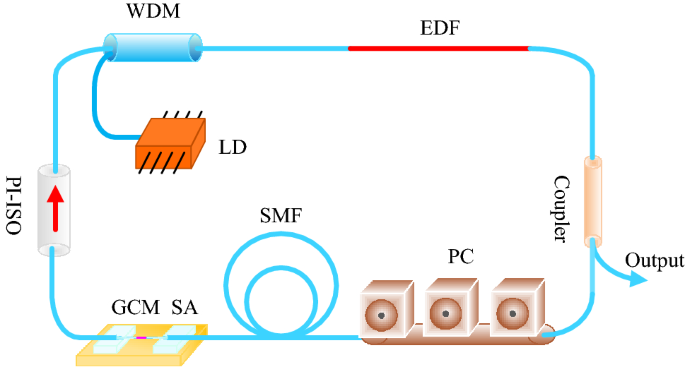
Global Circulation Models (GCMs) are tools that are used in the simulation of the present and future climate changes. Future soil erosion has shown increasing trend due to increasing rainfall which has been generated from the statistical-based downscaling method.Ĭlimate change is an important factor in the present scenario for planning and management of water resources. The USLE is an erosion prediction model designed to predict the long-term average annual soil loss from specific field slopes in specified landuse and management systems (i.e., crops, rangeland, and recreational areas) using remote sensing and GIS technologies. In the present study, future rainfall has been generated with the downscaling of GCM (Global Circulation Model) data of Mandakini river basin, a hilly catchment in the state of Uttarakhand, India, to obtain future impact on soil erosion within the basin. It has caused increasing concern for modeling the future rainfall and projecting future soil erosion. Changes in climate have an adverse effect with increasing rainfall.


Soil erosion is one of the major hazards affected by the climate change, particularly the increasing intensity of rainfall resulted in increasing erosion, apart from other factors like landuse change. Correct estimation of soil loss at catchment level helps the land and water resources planners to identify priority areas for soil conservation measures.


 0 kommentar(er)
0 kommentar(er)
